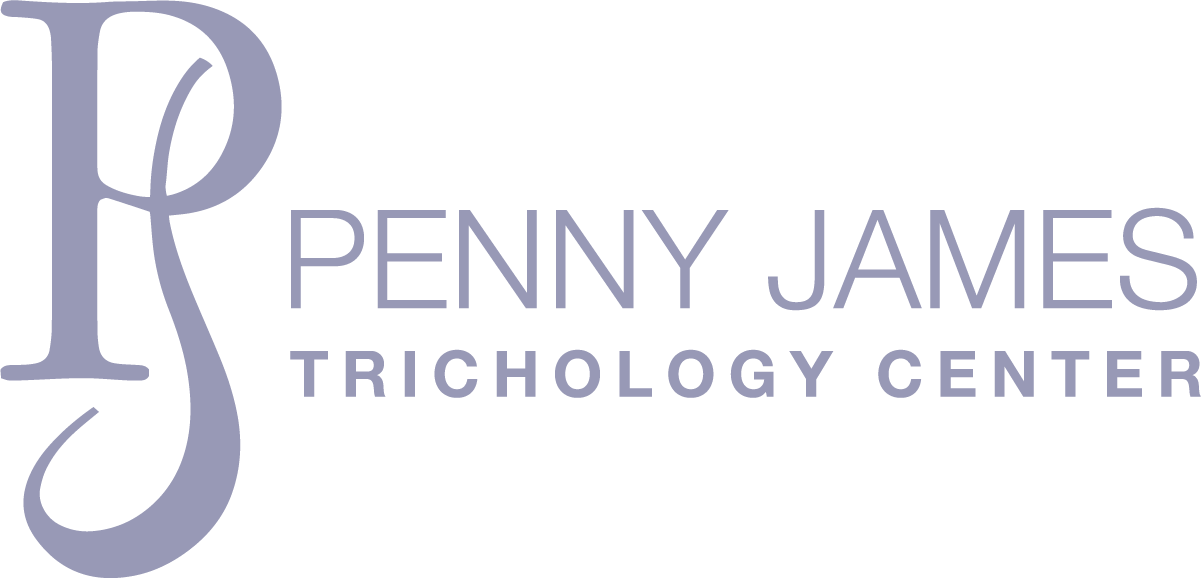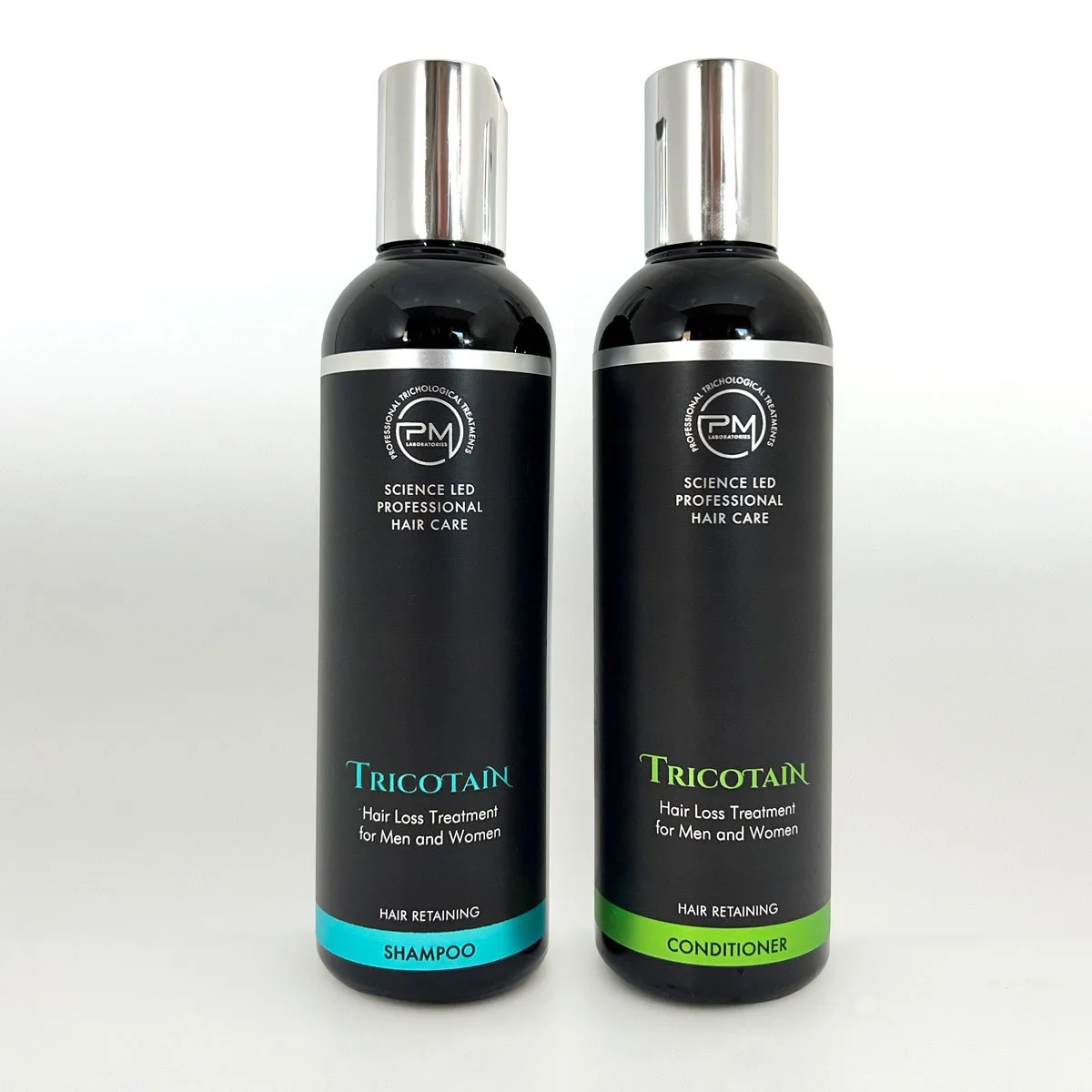How to Choose the Right Shampoo for Your Scalp and Hair: A Trichologist’s Guide
As a trichologist, I know there’s no shortage of shampoo products promising to be the solution to all your hair and scalp problems. But after years of studying hair and scalp health alongside top specialists, I can tell you—it’s just not that simple.
Shampoo is the product we use the most, and it has a major impact on the health of the scalp microbiome—the very environment where your hair grows. (Learn more about balancing the scalp microbiome.) To care for your hair properly, it’s crucial to understand what shampoo ingredients actually do for your scalp and hair.
Throughout my career, I’ve worked with major beauty brands and small start-ups, partnering with luxury hair care companies to bring scalp science to the forefront. I’ve seen how shampoos are formulated, marketed, and sold—and I’ve learned what really works and what doesn’t when it comes to hair and scalp health. (Learn more about my work with Oribe Hair Care for their Serene Scalp Densifying Collection.)
Whether you’re dealing with oily roots, dry strands, or a sensitive scalp, I’m here to help you understand what to look for—and just as importantly, what to avoid—when choosing a shampoo that’s truly right for you.
The Building Blocks of Shampoo: What You’re Really Using on Your Hair
Before we talk about what makes a shampoo trichology-approved, it’s important to understand what’s actually in the bottle. Most shampoos are made up of a blend of ingredients that serve different functions. Understanding what these ingredients do is the first step to making informed choices for your hair and scalp.
Here are the primary categories you’ll find in most formulas, and why they matter:
Surfactants: These are the cleansing agents that create lather and help remove dirt, oil, and buildup from the scalp. (Examples: sulfates, cocamidopropyl betaine, decyl glucoside) [Learn what you need to know about surfactants in shampoo.]
Conditioning Agents/Softeners: Smooth the hair, reduce frizz, and make it easier to detangle. (Examples: silicones, quaternary ammonium compounds, oils)
Thickeners: Give shampoo its texture and body, making it feel rich and luxurious. (Examples: xanthan gum, guar gum, cellulose derivatives)
Humectants: Attract and retain moisture in the hair and scalp, helping to prevent dryness. (Examples: glycerin, panthenol, propylene glycol)
Preservatives: Prevent bacteria and mold growth to keep the product safe for use. (Examples: phenoxyethanol, sodium benzoate)
Fragrance and Essential Oils: These are added for scent but sometimes marketed as having scalp benefits. (Examples: rosemary oil, peppermint, synthetic fragrances)
Active Ingredients: Target specific concerns like dandruff, inflammation, or scalp conditions. (Examples: zinc pyrithione, salicylic acid, ketoconazole)
Botanicals and Extracts: Plant-based ingredients that may offer antioxidant or soothing properties. (Examples: sage, rosemary, white nettle, Juniper berry)
Now, let’s get into the heart of it: what makes a shampoo trichology-approved and how to find the best match for your unique hair needs.
What Makes a Shampoo “Trichology-Approved”?
As a trichologist, my priority is always to recommend solutions that support the body’s natural functions. That means favoring homeopathic-based approaches when appropriate, combined with science-backed, gentle ingredients.
I look for products that meet these key criteria:
Gentle, pH-Balanced Surfactants
The skin on your scalp has a natural pH of around 5.5. Many commercial shampoos use harsh sulfates (like sodium lauryl sulfate or sodium laureth sulfate) that can disrupt this balance, leading to dryness, irritation, or even inflammation of the scalp.
According to a review in Macromolecular Chemistry and Physics, "Anionic surfactants, which often contain sulfates, provide strong foaming and cleansing abilities but can also lead to skin and scalp irritation" (Thompson et al., 2023). A trichology-approved shampoo should contain milder, sulfate-free surfactants that cleanse effectively without stripping natural oils.
These include:
Cocamidopropyl betaine (CAPB): A coconut-derived surfactant that creates a gentle lather while respecting the scalp barrier.
Sodium cocoyl isethionate (SCI): Another coconut-derived ingredient, often used in solid shampoo bars and sensitive formulas.
Decyl glucoside: A plant-based, biodegradable surfactant that’s mild enough for daily use.
These ingredients are backed by scientific research, which shows they are less irritating than traditional sulfates and better for maintaining the skin’s natural barrier function.
Supportive Botanicals and Oils
Botanicals and oils can be a powerful part of a holistic hair care routine. According to a review published in the National Library of Medicine, essential oils are recognized for their antimicrobial properties and are being explored as a natural alternative to synthetic compounds in fields like medicine, agriculture, and cosmetology, including hair and scalp care (Wińska et al., 2019). Many also offer anti-inflammatory and antioxidant properties that help soothe irritation, support circulation, and maintain a healthy scalp microbiome.
Some of my trichology-approved favorites include:
Sage, rosemary, white nettle, mint, and juniper berry: Known for their ability to soothe inflammation, support microcirculation, and help manage scalp conditions like dandruff and flakiness.
Argan oil, avocado oil, and acai oil: Excellent for sealing in moisture, protecting the hair shaft from thermal damage, and supporting the scalp’s natural barrier.
Coconut oil: Coconut-derived surfactants and ingredients are a smart choice for maintaining a healthy scalp and protecting hair from long-term damage. A 16-week study involving 140 women found that coconut oil helps support scalp health by increasing beneficial microbes, enhancing healthy bacterial functions, and reducing fungal pathways linked to scalp issues (Saxena et al., 2021).
Remember, these botanicals and oils are not a cure-all or a replacement for balanced health, but when chosen with intention, they can nourish and protect both scalp and hair.
Less is More Formulations
My idea of a trichology-approved shampoo has a simple formulation. This means fewer unnecessary additives, no harsh detergents, and an emphasis on ingredients that respect the scalp’s microbiome and barrier function.
Shampoos designed for specific hair types—like fine, oily, or kinky-coily hair—should reflect these needs:
Fine, oily hair: Needs lightweight, frequent-use shampoos with gentle surfactants to manage excess sebum without over-stripping. Sebum production is a natural, protective function of the scalp, but excessive buildup can make hair look greasy and weigh it down (D’Souza & Rathi, 2015).
Kinky, coily, or dry hair: Benefits from moisturizing formulas that contain coconut-derived surfactants and oils to penetrate the hair shaft and reduce breakage.
Sensitive scalps or those with conditions like rosacea: Require sulfate-free, nonionic shampoos that minimize potential irritation.
Carefully Curated Medicated Shampoos
Medicated shampoos play an important role in treating scalp conditions like seborrheic dermatitis, psoriasis, and certain types of hair loss. Prescribed by a dermatologist or trichologist, they target the root cause, whether it’s inflammation, fungal overgrowth, or microbiome imbalances. Ingredients like salicylic acid, a beta hydroxy acid, help break down and clear excess dead skin, reducing flakiness and buildup.
While effective, medicated shampoos are targeted treatments, not a long-term solution for daily use. They’re part of a carefully curated plan to support scalp health and should always be used mindfully within a whole-body approach to care.
Do Not Rely on Deep Cleansers
Deep cleansing or “detox” shampoos are typically higher in pH and contain stronger anionic detergents to strip away product buildup or excess oil. Used too often, they can disrupt the scalp’s natural barrier, leading to dryness, irritation, and long-term issues. A trichology-approved approach means using these sparingly and always following with a hydrating conditioner. (Learn more about scalp treatments that actually work.)
A Holistic Approach to Hair Health
At the end of the day, the texture and symptoms of your hair—whether it’s oily roots, dryness, irritation, or thinning—can help guide your product choices. But that’s just one piece of the puzzle. Your hair is connected to a much bigger system: your scalp health, genetics, diet, stress, hormones, sleep, and even the environment you live in.
That’s why a holistic approach is key. As a trichologist, I use tools like a dermatoscope to analyze your scalp, review your bloodwork, and explore the lifestyle factors that could be affecting your hair. It’s about finding the why, not just masking the symptoms.
A good shampoo can support your scalp’s natural ecosystem—cleansing without stripping, balancing oil, and creating the right conditions for healthy growth. But choosing the right shampoo, and caring for your hair overall, starts with understanding your body and your unique needs.
That’s the heart of trichology. And that’s the standard every shampoo should meet: integrity, thoughtful formulation, and respect for the long game of hair health.
Book a consultation and let’s build your plan together.
Copyright 2025 © Penny James Trichology Center
References:
D’Souza, P., & Rathi, S. K. (2015). Shampoo and conditioners: What a dermatologist should know? Indian Journal of Dermatology, 60(3), 248–254. https://doi.org/10.4103/0019-5154.156355
Saxena, R., Mittal, P., Clavaud, C., Dhakan, D. B., Roy, N., Breton, L., Misra, N., & Sharma, V. K. (2021). Longitudinal study of the scalp microbiome suggests coconut oil to enrich healthy scalp commensals. National Library of Medicine. https://pubmed.ncbi.nlm.nih.gov/33790324/
Thompson, C. J., Ainger, N., Starck, P., Mykhaylyk, O. O., & Ryan, A. J. (2023). Shampoo science: A review of the physiochemical processes behind the function of a shampoo. Macromolecular Chemistry and Physics, 224(3). https://doi.org/10.1002/macp.202200333
Wińska, K., Mączka, W., Łyczko, J., Grabarczyk, M., Czubaszek, A., & Szumny, A. (2019). Essential oils as antimicrobial agents—Myth or real alternative? Molecules, 24(11), 2130. https://doi.org/10.3390/molecules24112130





